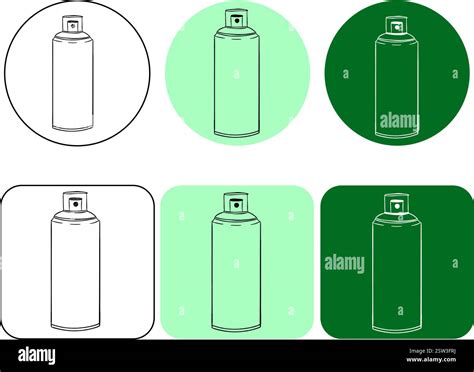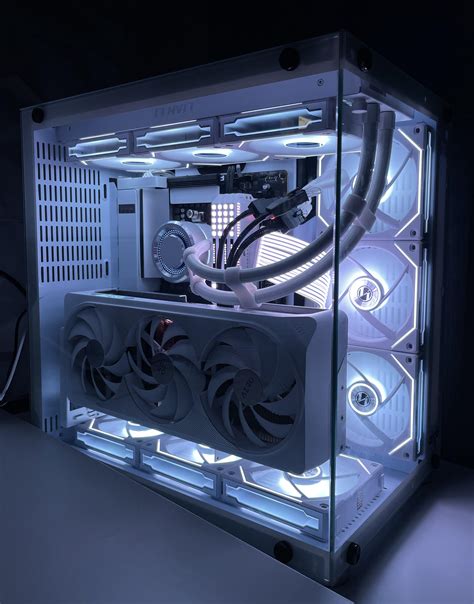Overcome workout plateaus for peak strength & consistent gains?

Smashing Through Workout Plateaus
Every dedicated fitness enthusiast eventually hits a wall. You’re putting in the work, but the numbers on the bar aren’t moving, your reps aren’t increasing, and that coveted strength gain seems to have vanished. This frustrating point is known as a workout plateau – a common, yet conquerable, challenge in any fitness journey. Understanding why plateaus occur and implementing strategic changes is key to unlocking new levels of strength and achieving consistent gains.
A plateau simply means your body has adapted to the current stimulus, and it’s no longer challenged enough to warrant further growth or strength improvements. It’s a signal, not a stop sign, indicating it’s time to introduce novelty and new demands.

Pinpointing Common Plateau Culprits
Before you can break through a plateau, you need to identify its root cause. Often, it’s a combination of factors:
- Lack of Progressive Overload: The most common reason. If you’re consistently doing the same weights, reps, and sets, your muscles have no reason to adapt and grow stronger.
- Inadequate Recovery: Overtraining, insufficient sleep, and chronic stress hinder muscle repair and growth, making progress impossible.
- Nutritional Shortcomings: Not consuming enough calories, protein, or macronutrients to support muscle growth and energy demands.
- Poor Exercise Form: Inefficient movement patterns can prevent proper muscle activation and increase injury risk, limiting your ability to lift heavier.
- Monotony: Performing the same exercises in the same order, week after week, can lead to mental and physical staleness.

Strategic Interventions to Shatter Plateaus
Breaking through a plateau requires a systematic approach. Here are proven strategies to get your gains back on track:
1. Revamp Your Training Variables
- Change Rep/Set Schemes: If you typically do 3 sets of 10-12, try 5 sets of 5-8 with heavier weight, or 3 sets of 15-20 with lighter weight.
- Introduce New Exercises: Swap out a staple for a variation (e.g., barbell bench press for dumbbell incline press, conventional deadlifts for sumo deadlifts).
- Vary Tempo: Incorporate slower eccentric (lowering) phases or pause reps at the bottom of a movement to increase time under tension.
- Periodization: Implement structured cycles where you vary intensity and volume over weeks or months (e.g., strength phase, hypertrophy phase, endurance phase).

2. Optimize Progressive Overload (Beyond Just Weight)
Progressive overload isn’t just about adding weight to the bar. It can also involve:
- Increasing Frequency: Train a muscle group more often in a week.
- Decreasing Rest Times: Shorten rest periods between sets to increase workout density.
- Improving Form: Better technique allows you to lift more effectively and safely.
- Intensity Techniques: Carefully incorporate advanced methods like drop sets, supersets, forced reps, or partial reps to push past limits.
- Strategic Deload Weeks: Periodically reduce your training volume and intensity (e.g., 50-70% of usual) for a week to allow your body to fully recover and resensitize to training. This often leads to a surge in strength afterward.

3. Prioritize Recovery and Nutrition
Your progress is made outside the gym. Neglecting recovery and nutrition is a sure-fire way to halt gains:
- Sleep: Aim for 7-9 hours of quality sleep per night. Sleep is when your body repairs and rebuilds.
- Hydration: Drink plenty of water throughout the day. Dehydration impairs performance and recovery.
- Balanced Nutrition: Ensure adequate protein intake (1.6-2.2g per kg body weight) for muscle repair, sufficient carbohydrates for energy, and healthy fats for hormonal balance. Consider a slight caloric surplus if your goal is muscle gain.
- Stress Management: Chronic stress elevates cortisol, which can hinder muscle growth and recovery. Incorporate activities like meditation, yoga, or hobbies to reduce stress.

Consistency and Data-Driven Adjustments
Breaking plateaus isn’t a one-time fix; it’s an ongoing process of assessment and adjustment. Keep a detailed training log to track your progress, identify patterns, and make informed decisions. Be patient and consistent with your new strategies. Listen to your body, and don’t be afraid to try different approaches until you find what works.
Workout plateaus are an inevitable part of the fitness journey, but they don’t have to define it. By understanding their causes and applying targeted, intelligent strategies, you can not only overcome these frustrating barriers but emerge stronger, more resilient, and with a renewed passion for your fitness goals. Embrace the challenge, stay consistent, and watch your strength and gains consistently climb to new heights.







